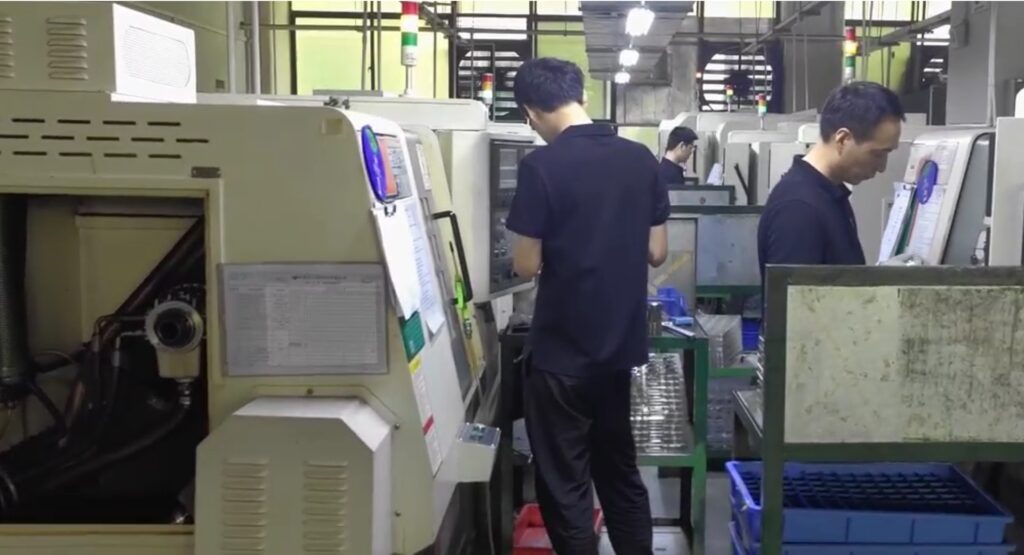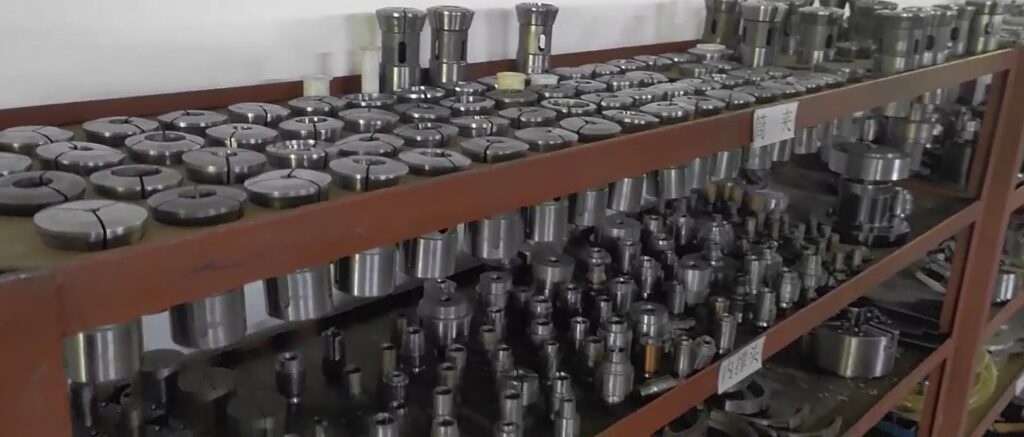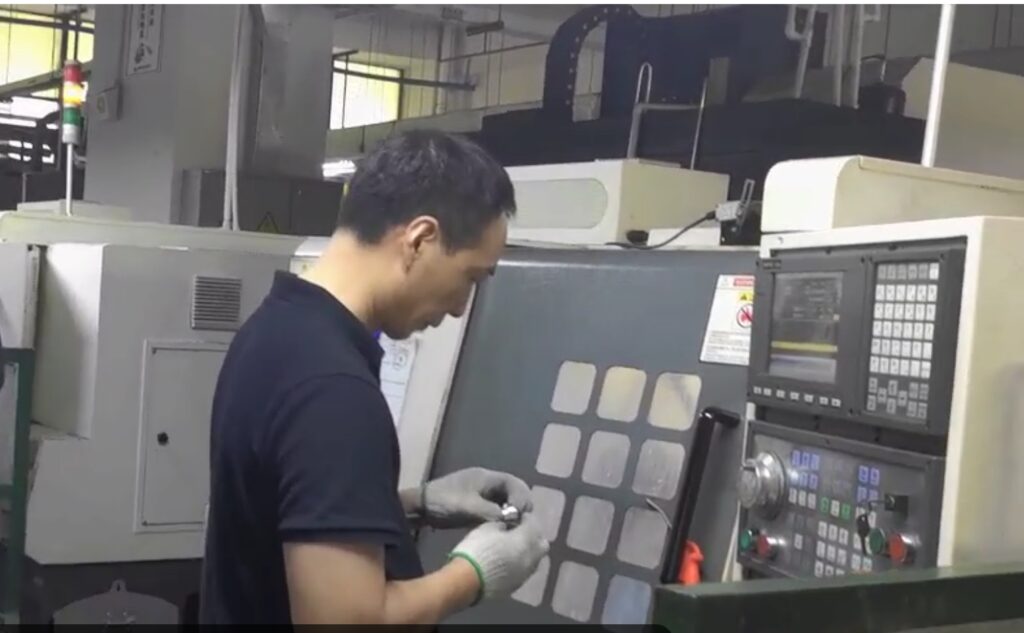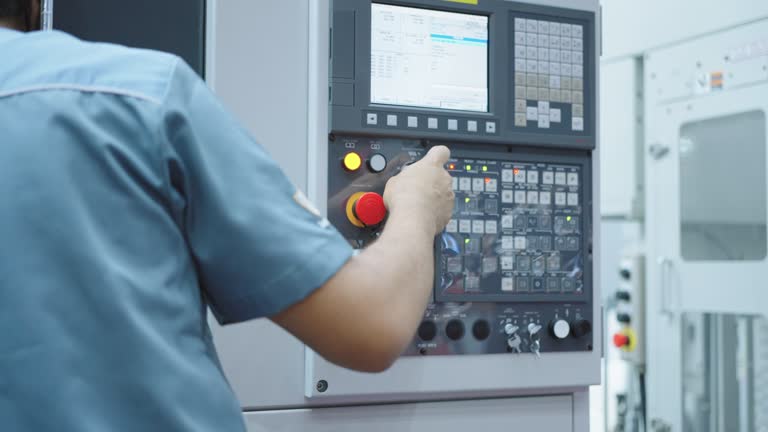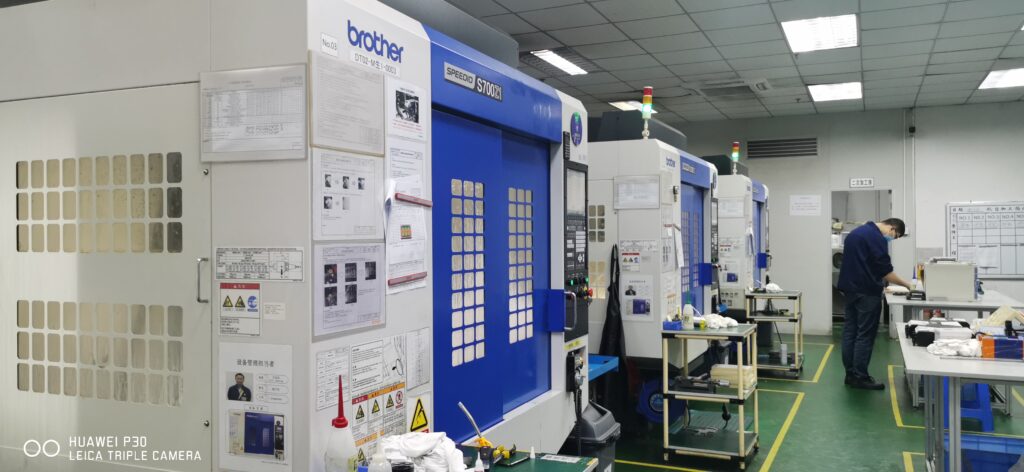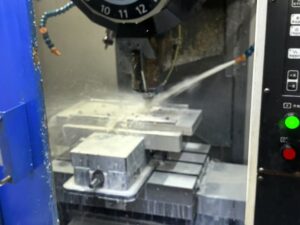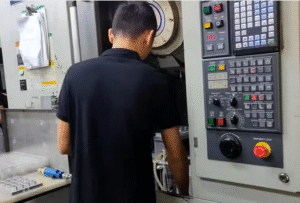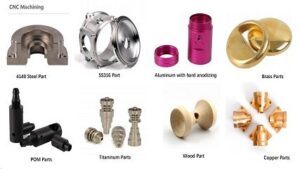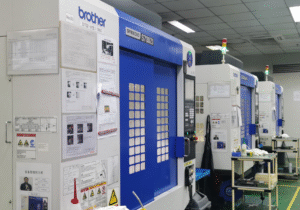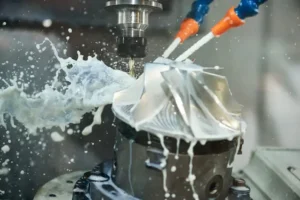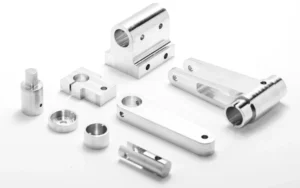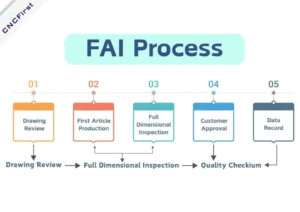CNC turning centers can seem confusing. Yet, knowing what they are and how they work is key to precision manufacturing.
A CNC turning center is a machine that shapes round parts by spinning the material while cutting tools remove excess. It is ideal for creating small, precise, and complex circular components efficiently.
Understanding CNC turning centers will help you get better results and reduce waste.
What is CNC Turning Used For?
Many people wonder why CNC turning is important. It matters because it handles specific shapes and jobs with high precision.
CNC turning is mainly used to create round shapes such as shafts, pins, screws, and other symmetrical parts that need exact dimensions and smooth finishes.
Turning often begins with a raw metal cylinder that the machine spins. Then, cutting tools trim the material, shaping it precisely to the required design. This method suits high-volume jobs where repeated accuracy is crucial. For example, in my own projects, I've used CNC turning to produce batches of fittings that must fit perfectly each time.
What is Turning Operation in CNC?
Turning operations may seem simple but carry several complexities. Knowing how turning works clarifies what to expect.
Turning in CNC means rotating the workpiece while a single-point cutting tool moves along defined paths to remove material and form the desired shape.
The turning operation focuses on controlling speed, tool path, and depth of cut to maintain dimensional accuracy. When I first used CNC turning, I learned how changing spindle speed affected surface finish. The main types of turning include facing, threading, grooving, and taper turning. Each shapes the part differently but depends on this core rotation principle.
Here’s a quick breakdown:
| Turning Type | Description | Use Case |
|---|---|---|
| Facing | Cuts the end of the part flat | Preparing a clean surface |
| Threading | Creates screw threads | Fasteners |
| Grooving | Cuts narrow slots | Lock rings, seals |
| Taper Turning | Gradually reduces diameter | Shafts requiring fit tolerance |
Turning creates the core shapes that machining centers will refine further.
What is the Purpose of a CNC?
Figuring out the purpose helps use CNC machines better. They serve distinct roles in manufacturing.
The purpose of CNC is to automate machining tasks with precision and repeatability, reducing human error and increasing production speed.
CNC systems let programmers control machine movements via code. This control creates parts to strict tolerances in hours, not days. In my experience, CNC lets us test prototype parts quickly by producing models that show if designs are feasible. The main goal is to make parts that work exactly as planned every time, especially when mass production is involved. CNC also helps reduce waste because the machine cuts materials precisely without guesswork.
What is the Use of CNC Machining Center?
People ask what makes a CNC machining center stand out. It often combines multiple tasks in one.
A CNC machining center is used for complex and multi-step processes like drilling, milling, and boring, often following turning to complete the final product shape.
In tougher jobs where parts need features beyond round shapes, the machining center finishes details. This includes creating holes, slots, and flat surfaces with high precision. When I managed hardware projects, using CNC machining centers allowed combining processes seamlessly. This integration saved time and improved part quality. Centers can also handle multiple tools automatically, enabling complex shapes without manual changes.
Conclusion
CNC turning centers are essential for making precise round parts efficiently and pave the way for advanced machining processes.


